
The Royal Canadian Sea Cadets is a Canadian national youth program sponsored by the Canadian Armed Forces and the civilian Navy League of Canada. Administered by the Canadian Forces, the program is funded through the Department of National Defence, with the civilian partner providing support in the local community. Cadets are not members of the Canadian Armed Forces.

Trafalgar Day is the celebration of the victory won by the Royal Navy, commanded by Vice-Admiral Horatio Nelson, over the combined French and Spanish fleets at the Battle of Trafalgar on 21 October 1805.
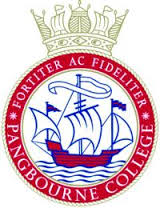
Pangbourne College is a co-educational private day and boarding school located in Pangbourne, Berkshire. It is set in 230 acres, on a hill south-west of the village, in an Area of Outstanding Natural Beauty.
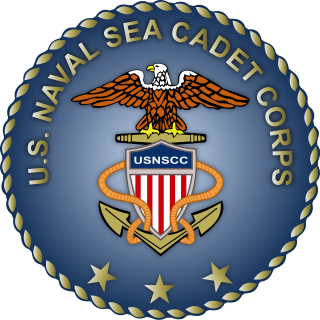
The United States Naval Sea Cadet Corps is a congressionally chartered, U.S. Navy-sponsored organization that serves to involve individuals in the sea-going military services, U.S. naval operations and training, community service, citizenship, and teach an understanding of discipline and teamwork. The USNSCC is composed of two programs; the Navy League Cadet Corps (NLCC), which is for cadets ages 10-13, 5th grade through 8th grade; and the senior program (NSCC), which is for cadets ages 13-18.
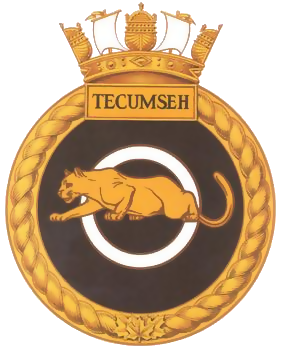
HMCS Tecumseh is a Canadian Forces Naval Reserve division (NRD) located in Calgary, Alberta. Dubbed a stone frigate, HMCS Tecumseh is a land-based naval training establishment crewed by part-time sailors and also serves as a local recruitment centre for the Royal Canadian Navy (RCN). It is one of 24 naval reserve divisions located in major cities across Canada.

The Navy League of Canada is a nonprofit organization founded in 1895 and incorporated in 1918. Originally formed to promote maritime issues to Canadians, the Navy League is the non-governmental partner of the Department of National Defence and supports the Royal Canadian Sea Cadets program. The Navy League also independently delivers the Navy League Cadet program for boys and girls between the ages of nine and twelve.
The Navy League Cadet Corps was created by the Navy League of Canada for boys in 1948, and the Navy League Wrennette Corps was formed for girls in 1950. The Wrennette program no longer exists, since the Navy League Cadet Corps are now open to boys and girls between the ages of 9 and 12.
Beginning with establishment of Fort Calgary in 1875, the city of Calgary, Alberta, has had some degree of permanent military presence throughout its history.

Raven's Ait is an ait (island) in the Thames between Surbiton, Kingston and Hampton Court Park in the Royal Borough of Kingston upon Thames, London, England, in the reach of the river above Teddington Lock. Used as a boating training centre for many years, Raven's Ait is currently privately run as a catering facility and a conference and wedding venue.
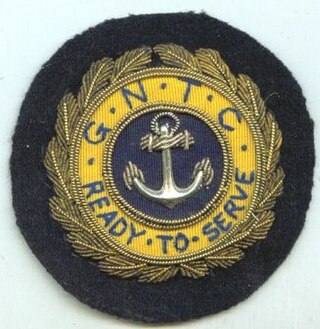
The Girls' Naval Training Corps was formed as part of the National Association of Training Corps for Girls in 1942, with units mainly in Southern England. Its objective was congruent with that of the Sea Cadet Corps, teaching girls aged 14 to 20 the same seamanship skills as the SCC taught the boys, in preparation for service with the Women's Royal Naval Service.
The Navy League refers to various organisations worldwide:
Sea cadets are members of a cadets youth program sponsored by a national naval service, aimed for young people with an interest in waterborne activities and or the national navy. The organisation may be sponsored in whole or in part by the navy or a naval supporter's organisation.
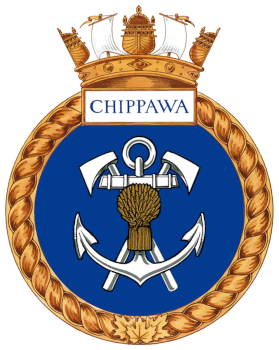
HMCS Chippawa is a Royal Canadian Navy Reserve Division (NRD) located in Winnipeg, Manitoba. Dubbed a stone frigate, HMCS Chippawa is a land-based naval establishment for part-time sailors as well as a local recruitment centre for the Royal Canadian Navy (RCN).
The Royal Marines Volunteer Cadet Corps (RMVCC) is part of the Royal Navy's Volunteer Cadet Corps. There are units (Divisions) in Arbroath, Chivenor, Gosport, Lympstone, Portsmouth, and Plymouth.
The Canadian Cadet Organizations, marketed under the name of Cadets Canada, are a youth program known as the Royal Canadian Sea Cadets, Royal Canadian Army Cadets, and Royal Canadian Air Cadets. The program is sponsored by and funded through support from the civilian Navy League, the Army Cadet League and the Air Cadet League, as well as local community sponsors that include service organizations and parent sponsoring groups supervised by the Leagues.

The Royal Military College of Canada Museum, established in 1962, is located in a Martello tower known as Fort Frederick on the campus of the Royal Military College of Canada in Kingston, Ontario, and is operated by the college. Until 2016 the museum had regular hours from the last weekend in June until Labour Day. Although admission was free, donations were accepted. Guided tours were offered in English and French. Genealogical research and archival records services were offered relating to college history or with inquires relating to ex-cadets when permitted by privacy regulations.

Currie Hall is a hall within the Currie Building, which is an annex to the Mackenzie Building at the Royal Military College of Canada in Kingston, Ontario. It was built in 1922, and is a Recognized Federal Heritage Building.
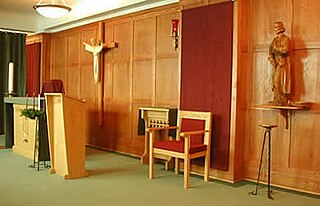
In 2013, the Royal Military College of Canada is celebrating the 50th anniversary of the two small devotional chapels in Yeo Hall, which were installed in 1963. With a view to encourage and enhance their spiritual well-being, the Protestant and Royal Catholic Chaplains, cadets and staff use the Chapels. Gifts to the chapels have been made by successive generations of cadets and ex-cadets.
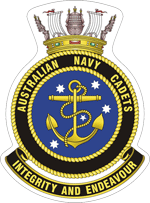
The Australian Navy Cadets (ANC) is a leading national youth development organisation, with the character and values of the Australian Navy, founded on a strong community partnership, fostering and supporting an ongoing interest in the Australian Navy.













